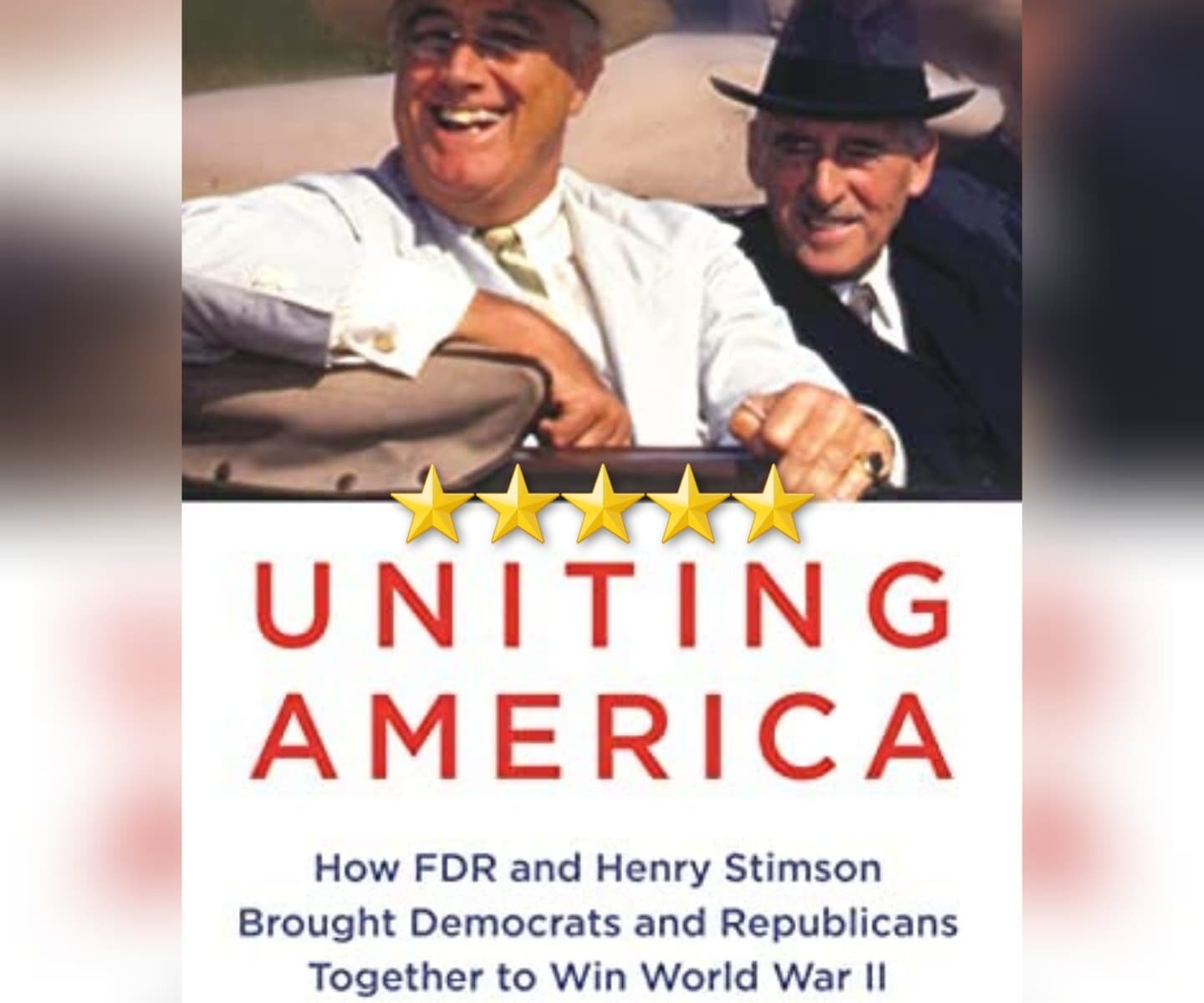Among The More Complete Histories Of The Nuclear Bombing Of Japan. Clocking in at nearly 450 pages, with only about 10% of that bibliography – and hence the star deduction – this account really is one of the more complete accounts of the entire event I’ve yet come across in all my years both reading books generally and studying WWII in its various facets more specifically. It was also the last of three books about the bomb and/ or the use of it that I read over the few days of US Memorial Day Weekend 2025 or in the days immediately after, the other two being Evan Thomas’ 2023 book Road To Surrender and Frank Close’s June 2025 book Destroyer Of Worlds.
Specifically, in tracking exactly who it does – including several key US personnel involved with both war planning and the Manhattan Project itself, the pilot of the bomber that dropped the bomb on Hiroshima, the reporter who really opened America’s eyes to the horrors of nuclear fallout, and even the Mayor of Hiroshima himself – this book really does give a complete all around picture of all aspects of the creation and use of the atomic bomb and the repercussions for both American leadership and Japanese civilians.
Reading almost like a Tom Clancy or perhaps Robert Ludlum war thriller at times, this text *also* manages to have the emotional heavy hitting of Hersey’s original Hiroshima report, which it covers in nearly as much detail as Lesley MM Blume’s 2020 book Fallout – which told the story of that report exclusively. Leaning more towards the American position that as horrific as this event was, it very likely saved lives – American, Japanese, and even Russian – this is one of those texts that largely doesn’t speak of the efforts in both America and Japan by several key, yet not quite highly ranked enough, leaders to at least consider trying to end the war through dialogue (ala Evan Thomas’ 2023 book Road To Surrender), but instead seeks to offer the reader a more complete understanding of the men who *were* making the decisions in these moments, from the President of the United States all the way to the commander of the airplane that actually dropped the bomb itself.
Ultimately a thorough yet sobering account, and with its release intentionally timed just barely a month before the 80th anniversary of the Hiroshima bombing, this really is one of the most complete books I’ve ever encountered on the topic, one that at least attempts to strive for a balance in understanding *all* involved in this event. Thus, all -American, Japanese, and everyone else interested in discussing the event with intelligence and facts – would do well to read this particular accounting.
Very much recommended.
This review of The Hiroshima Men by Iain MacGregor was originally written on June 1, 2025.




